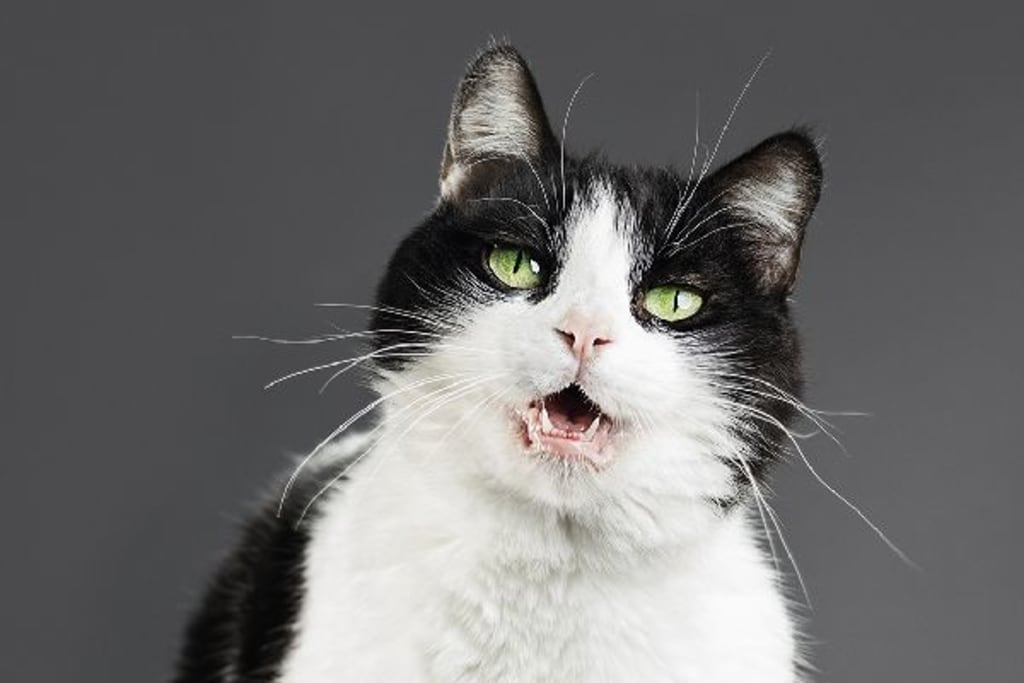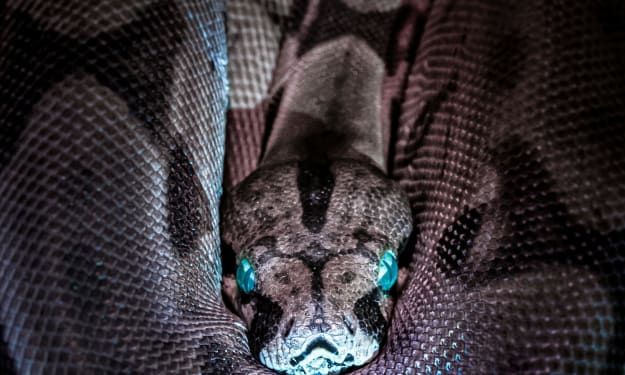Decoding Cat Vocalizations: Understanding How Cats Communicate Through Sounds
Exploring the Vocal Language of Cats and How They Express Their Needs

Cats are fascinating creatures with a remarkable ability to communicate through a complex system of vocalizations. Their diverse range of sounds provides valuable insights into their inner world, allowing us to better understand their needs, emotions, and desires. By deciphering the vocal language of cats, we can establish a deeper connection with our feline companions and create a harmonious environment for them to thrive.
Unlike humans who rely on spoken words, cats utilize a repertoire of vocal cues to express themselves. From soft meows to loud yowls, each sound carries a unique message, reflecting their ever-changing moods and intentions. By paying attention to these vocalizations and learning to interpret their subtle nuances, we can unlock the secrets of feline communication.
In this article, we embark on a journey into the intricate vocal language of cats, exploring the meaning behind their various sounds. By understanding the subtle cues they convey through their meows, purrs, hisses, chirps, and caterwauls, we can gain a comprehensive understanding of their communication patterns and respond to their needs more effectively.
As cat owners, developing this knowledge allows us to foster a stronger bond with our feline friends. We become attuned to their unique voices, forming a bridge of understanding that transcends the barriers of species. By interpreting their vocalizations, we can better address their physical and emotional well-being, ensuring a happier and more fulfilling life for both our cats and ourselves.
So, join us as we dive deep into the vocal language of cats, unraveling the mysteries of their meows and decoding the hidden meanings behind their purrs. Together, let us embark on a journey of discovery, where we learn to communicate with our feline companions on a level that surpasses words and transcends boundaries. Through understanding, empathy, and a shared language of sounds, we can create a world where cats feel truly seen, heard, and understood.
Meowing: A Multifaceted Communication Tool
Meowing is the most common vocalization that cats use to communicate with humans. It serves as a versatile tool, encompassing a wide range of sounds and meanings. Cats may meow to express greetings, request food or attention, or indicate discomfort or distress. The pitch, tone, and intensity of the meow can provide clues about their underlying needs and emotions.
Purring: The Sound of Contentment
Purring is one of the most well-known vocalizations of cats. It is often associated with feelings of comfort, relaxation, and contentment. Cats typically purr when they are being petted, enjoying their surroundings, or in the company of their loved ones. Purring can also serve as a self-soothing mechanism during times of stress or illness. Understanding the context and accompanying body language can help decipher the true meaning behind their purrs.
Hissing and Growling: Defensive Expressions
Hissing and growling are vocalizations that cats use when they feel threatened or agitated. Hissing involves a forceful expulsion of air through the mouth, often accompanied by an arched back and flattened ears. Growling is a low, menacing sound that warns potential aggressors to keep their distance. These defensive vocalizations are clear signals that a cat is feeling scared, anxious, or ready to defend itself. It is crucial to respect their boundaries and provide a safe and secure environment during these situations.
Chirping and Trilling: Communication with Excitement
Chirping and trilling are unique and endearing vocalizations exhibited by cats. Chirping is a short, high-pitched sound, while trilling consists of a series of rapid, melodic sounds. Cats often use these vocalizations to express excitement, curiosity, or when observing potential prey. Some experts believe that these sounds mimic the noises made during hunting, serving as a form of communication between cats and their environment.
Caterwauling: The Call of the Wild
Caterwauling is a distinct vocalization often heard during the mating season. Unneutered male and female cats use caterwauling as a way to communicate their availability for mating and to attract potential mates. This vocalization is characterized by intense yowling sounds that may resemble moans or howls. Spaying or neutering cats can help reduce or eliminate caterwauling behaviors.
Understanding the vocal language of cats is an essential aspect of effective communication and strengthening the bond between cats and their human companions. By deciphering their meows, purrs, hisses, chirps, and caterwauls, cat owners can gain valuable insights into their cats' needs, emotions, and overall well-being. Remember to consider the context, body language, and other cues when interpreting their vocalizations. Developing this understanding will not only enhance the relationship with your feline friend but also foster a harmonious and fulfilling companionship based on trust and communication.
About the Creator
The Pet Hub
Pets bring immense joy and companionship to our lives.






Comments
There are no comments for this story
Be the first to respond and start the conversation.